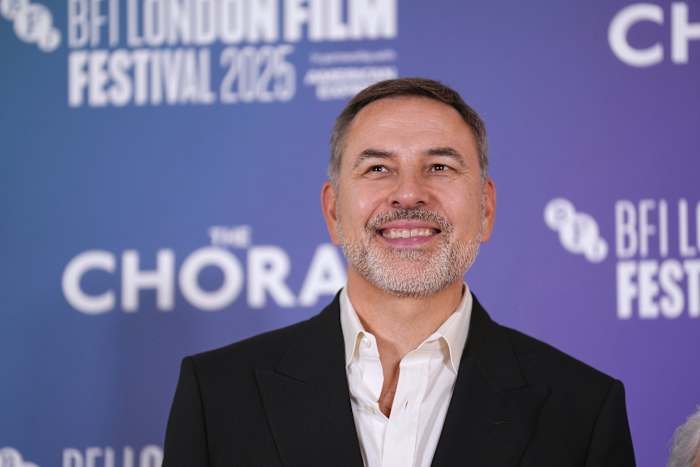San Francisco has taken a bold step forward in addressing its ongoing drug crisis by moving closer to adopting a “recovery first” drug policy. This new approach aims to set abstinence from illicit drugs as its primary focus, marking a significant shift from previous harm reduction strategies. As Orlando faces its own challenges with substance abuse and addiction, understanding San Francisco’s path offers valuable insights for local policymakers, health professionals, and community leaders. In this blog post, we’ll explore what “recovery first” means, how San Francisco is implementing it, potential impacts for Orlando, and what our community can consider moving forward.
Understanding the “Recovery First” Approach
The “recovery first” drug policy prioritizes helping individuals achieve and maintain abstinence from illicit drugs. Unlike harm reduction strategies—which focus on minimizing the negative consequences of drug use (such as needle exchanges and supervised consumption sites)—the recovery first model places sobriety at the center of all interventions and resources. The goal is to support individuals not only in managing addiction, but in fully recovering and reintegrating into society.
In San Francisco, this means that city-funded programs for housing, treatment, and social services will increasingly require or incentivize participation in recovery and abstinence-based initiatives. This marks a departure from policies that have traditionally accepted continued drug use as an inevitable part of urban life.
Orlando, which has implemented a mix of harm reduction and treatment-based programs, might look to such a model as it seeks to address rising rates of opioid overdoses and substance abuse in various neighborhoods.
Why San Francisco Is Making the Shift
San Francisco’s move toward a recovery-first approach comes in response to a worsening public health crisis. The city has seen a dramatic rise in overdose deaths, open-air drug use, and related crime. Many residents and officials have grown frustrated with the limitations of harm reduction, arguing that it doesn’t do enough to address the root causes of addiction or to help people achieve lasting recovery.
Local officials in San Francisco have pointed to successful abstinence-based recovery programs in other cities, including initiatives in Florida, as evidence that a different approach can yield better outcomes. The hope is that, by making treatment and recovery a condition for receiving certain city services, more individuals will be incentivized to seek help and ultimately break free from the cycle of addiction.
For Orlando, which has seen its own struggles with fentanyl and methamphetamine, these developments are worth watching. City leaders have expressed concern about the visibility of drug use in public spaces and the strain on local health resources—issues Orlando shares with San Francisco.
Potential Implications for Orlando
San Francisco’s policy shift provides a roadmap that Orlando could follow—or at least learn from—when it comes to addressing substance abuse. Here are a few key implications for our city:
- Policy Debate: Should Orlando shift more of its resources toward abstinence-based recovery? Or should it continue a mix of harm reduction and recovery programs? The San Francisco example is likely to fuel this ongoing debate among Orlando’s policymakers.
- Program Funding: If Orlando were to adopt a recovery-first model, it would need to invest more in detox centers, long-term rehabilitation, and support networks for maintaining sobriety—potentially at the expense of some harm reduction initiatives.
- Community Impact: Residents and businesses in downtown Orlando and other affected areas may see changes in public safety and cleanliness if a recovery-first policy leads to fewer individuals living with active addiction on the streets.
- Equity Concerns: There are concerns that strict abstinence requirements may exclude or penalize the most vulnerable, including those not yet ready or able to stop using drugs. Orlando will need to consider how to balance compassion with results.
Every city’s drug crisis is unique, but the questions and challenges facing San Francisco are strikingly similar to those in Orlando. As our city evaluates its next steps, a careful analysis of both the successes and shortcomings of the “recovery first” model will be vital.
The Future of Addiction Policy in Orlando
San Francisco’s decision is not without controversy. Advocates for harm reduction worry that a recovery-first approach could push some people away from lifesaving services if abstinence is required. Others argue that it’s the only way to make real progress in the fight against addiction and overdose deaths.
Here in Orlando, stakeholders should engage in robust dialogue about the best way forward. This includes listening to people in recovery, health experts, law enforcement, and those impacted by addiction. Orlando’s diverse population and unique challenges mean that a one-size-fits-all policy is unlikely to succeed. Instead, our city may need a hybrid approach that includes both recovery-first elements and continued harm reduction efforts.
The lessons from San Francisco will become clearer as the new policy rolls out and results are tracked. Orlando should watch closely, gather data, and remain open to adjusting its approach as new evidence emerges. The ultimate goal is clear: save lives, restore families, and build a healthier community for all.
Conclusion: Share Your Thoughts on Orlando’s Path Forward
San Francisco’s bold move toward a “recovery first” drug policy is sure to spark conversations across the country—including right here in Orlando. As our city grapples with its own substance abuse challenges, the choices made in other urban centers can offer both inspiration and cautionary tales. What do you
















